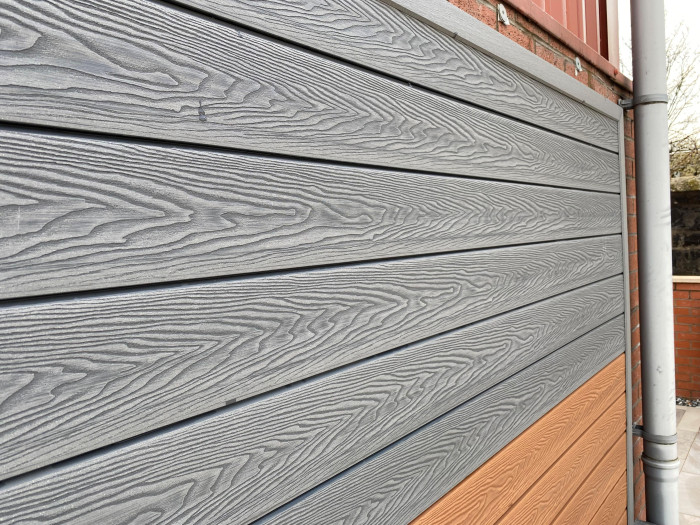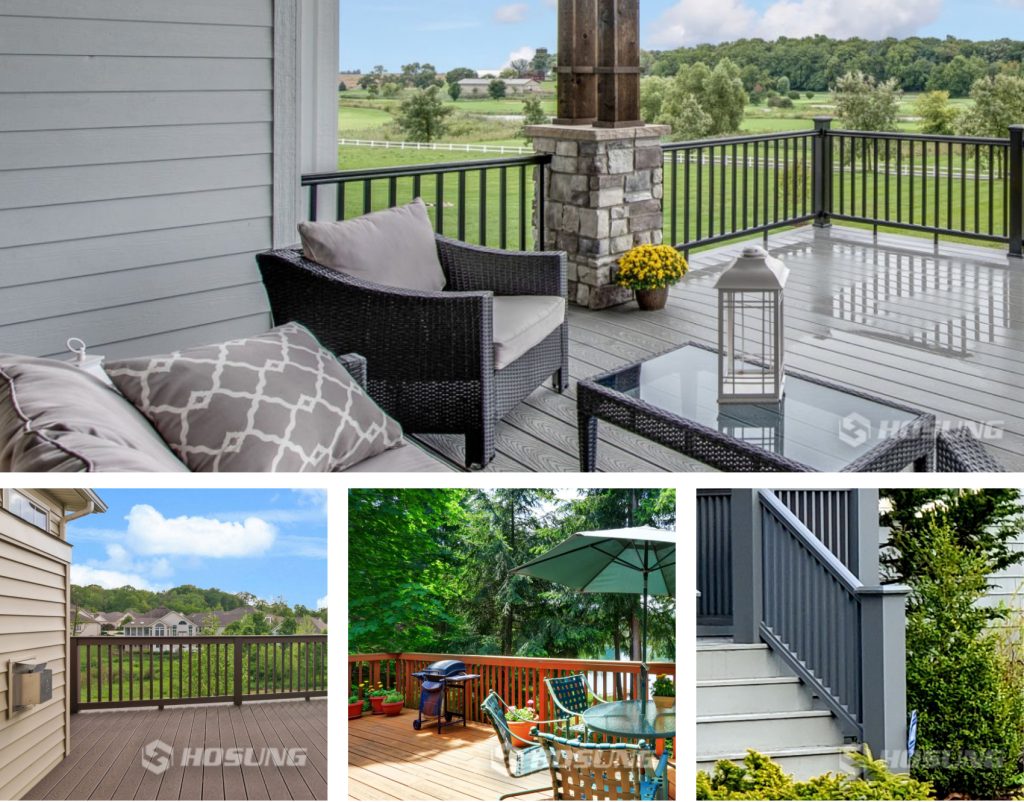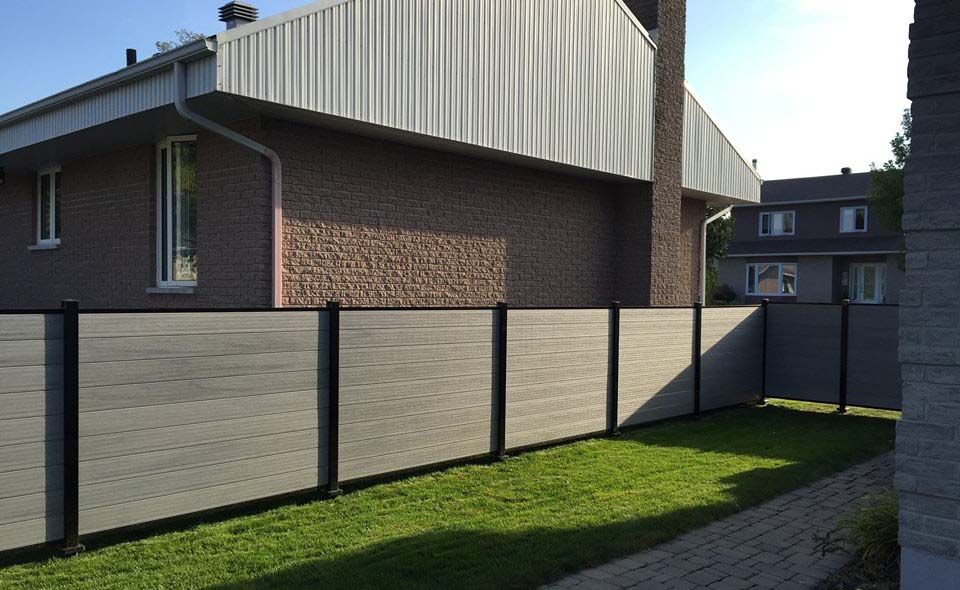Upgrading a home’s exterior starts with choosing the right cladding. In Australia’s diverse climate—ranging from humid coasts to dry inland heat—durability, energy efficiency, and style are essential. More homeowners are seeking modern exterior wall cladding ideas Australia to boost curb appeal while improving insulation and weather protection. This guide explores popular exterior cladding ideas Australia, from materials and styles to installation and design trends, helping you compare external house cladding options Australia and make the best choice for long-term value.
Table of Contents
Why Exterior Cladding Matters in Australia
Cladding does more than cover your walls. In Australia, where UV exposure is intense and bushfire zones are a reality in many regions, cladding is a protective shield. It helps regulate indoor temperatures, adds a layer of sound insulation, and increases property longevity. With advances in building technology, today’s cladding materials are more eco-friendly, durable, and stylish than ever before.
The right cladding should balance three elements:
Aesthetic appeal – Enhancing the visual look of the home.
Performance – Withstanding the Australian climate.
Maintenance – Reducing long-term upkeep.
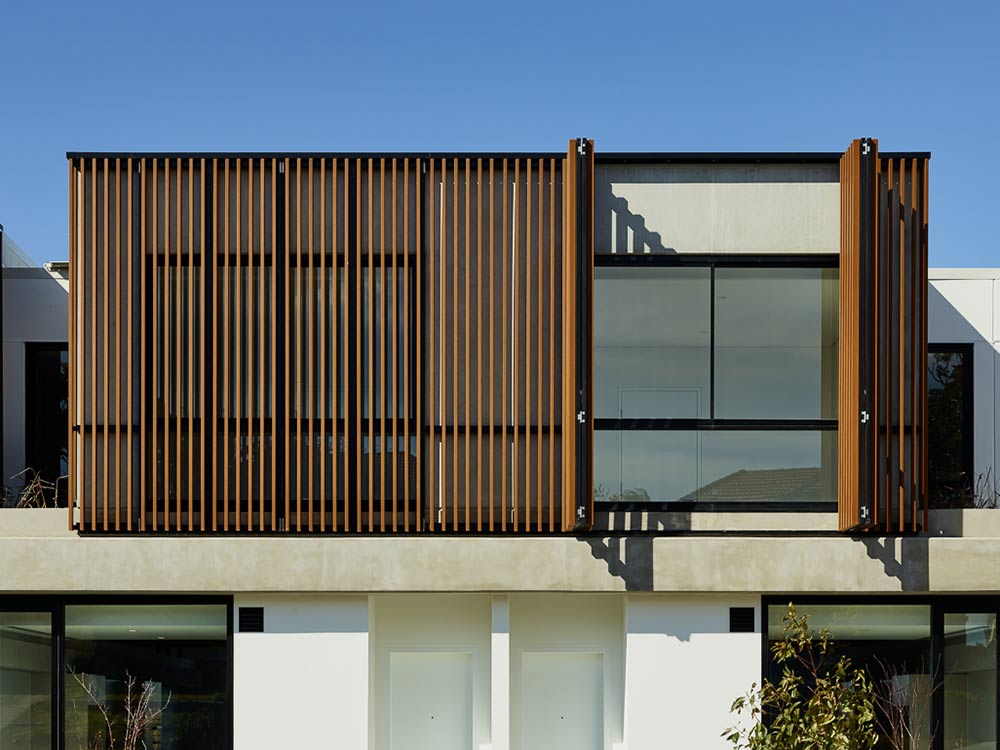
Popular Exterior Wall Cladding Ideas in Australia
Below, we’ll break down some of the most sought-after exterior wall cladding ideas Australia homeowners are embracing in 2025. Each option offers a unique set of benefits for design, performance, and cost. These materials can dramatically transform a home’s exterior, making it stand out while providing long-term durability. By considering local climate, maintenance requirements, and aesthetic goals, homeowners can choose the best option to suit their lifestyle and property value objectives.
1. Timber Cladding
Natural timber is one of the most timeless exterior cladding ideas Australia. It provides warmth, texture, and a classic appeal. Popular choices include hardwoods like spotted gum, blackbutt, and ironbark, which are known for durability. Timber cladding works particularly well in suburban and rural homes, giving a cozy, organic feel that blends seamlessly with gardens and natural surroundings. Homeowners can choose between horizontal, vertical, or mixed panel orientations to create visual interest.
Advantages:
Natural, rustic appearance.
Can be stained or painted to match your design.
Sustainable when sourced responsibly.
Offers excellent acoustic insulation.
Challenges:
Requires regular maintenance (sealing, staining).
Can be vulnerable to termites and weathering.
Needs careful installation to prevent water damage.
For eco-conscious homeowners, engineered timber cladding or thermally treated wood provides a modern twist with added resilience and reduced environmental impact. It can mimic the look of natural timber while offering greater resistance to fire, insects, and moisture.
2. Composite Timber Cladding
One of the rising external house cladding options Australia homeowners prefer is composite timber, also known as WPC (wood-plastic composite). Made from a blend of recycled wood fibers and polymers, it mimics the natural look of wood without the demanding upkeep. It’s ideal for modern homes where low maintenance is a priority. Composite timber panels can be used for both full facades and accent walls, giving designers flexibility to create stylish contrasts with other materials like metal or stone.
Advantages:
Low maintenance (no painting or staining required).
Resistant to moisture, rot, and termites.
Long-lasting and eco-friendly.
Available in various textures and finishes to suit contemporary designs.
Best for: Modern Australian homes seeking sustainable and stylish solutions.
Composite timber is increasingly popular for coastal homes due to its resistance to salt air and high humidity, making it a practical alternative to natural timber in challenging climates.
3. Brick Veneer
Brick veneer remains a staple among exterior cladding ideas Australia due to its classic look and strength. Unlike full brick walls, veneer uses a single outer layer of brick combined with a structural frame, making it lighter and more cost-effective. Brick veneer offers excellent thermal mass, helping to regulate indoor temperatures throughout the year. It can be paired with timber or rendered panels to create a balanced, visually appealing facade.
Advantages:
Iconic Australian design aesthetic.
Excellent thermal mass properties.
Fire-resistant and durable.
Minimal ongoing maintenance required compared to timber.
Challenges:
Limited flexibility in style compared to modern materials.
Requires skilled labor for installation.
Can be less effective in extreme climates without additional insulation.
Brick veneers pair well with contemporary and traditional homes alike, offering timeless appeal. They also provide opportunities for creative detailing, such as recessed panels, contrasting mortar, or patterned layouts.
4. Rendered Cladding
Rendering involves applying a cement-based plaster finish over brick or concrete walls. It’s one of the most flexible exterior wall cladding ideas Australia because it allows homeowners to choose from smooth, textured, or colored finishes. Rendered cladding is ideal for modern, minimalist designs and can complement both traditional brickwork and contemporary facades. It also provides a uniform look that can be adapted to suit any architectural style.
Advantages:
Clean, modern look.
Weather-resistant.
Affordable and adaptable.
Wide range of color and texture options.
Challenges:
Cracks may appear over time if not applied correctly.
Requires repainting every few years for best results.
Needs careful maintenance to prevent water penetration.
Rendered finishes are common in coastal cities such as Sydney and Perth, where sleek, minimalist architecture dominates. They also allow designers to incorporate subtle detailing, such as shadow lines or recessed panels, to enhance visual appeal.
5. Stone Veneer and Natural Stone
For a touch of luxury, stone veneer cladding or natural stone panels are popular exterior cladding ideas Australia. They bring elegance and permanence, often used for feature walls or entire facades. Stone is particularly effective in creating a premium, high-end appearance, and can work well in both modern and rustic design schemes. It also pairs beautifully with timber, metal, or rendered elements for a layered aesthetic.
Advantages:
Premium aesthetic appeal.
Fire-resistant and durable.
Blends well with natural surroundings.
Adds texture and depth to any facade.
Challenges:
Higher upfront costs.
Heavier installation requirements.
Requires professional handling and installation for best results.
Homes in regional areas often integrate stone cladding to reflect the surrounding landscapes. Stone veneer is also ideal for homes near bushland, providing natural protection against heat while harmonizing with the environment.
6. Metal Cladding
Corrugated steel, zinc, or aluminum cladding is widely seen across Australia. With roots in rural and industrial design, metal cladding is now considered one of the sleekest external house cladding options Australia. Its versatility allows it to suit modern townhouses, contemporary homes, and even industrial-style residences. Metal panels can be used for full facades, roof accents, or feature walls, often paired with timber or render for contrast.
Advantages:
Lightweight and durable.
Resistant to pests and rot.
Available in a wide range of finishes and colors.
Reflects heat efficiently in hot climates.
Challenges:
Can dent under impact.
May require insulation to avoid heat gain.
Noise during rain or hail can be an issue without proper installation.
Colorbond steel is one of the most recognizable metal cladding products in the country, praised for its versatility and endurance in harsh climates. It is particularly popular in modern Australian architecture for its sleek look and low maintenance.
7. Vinyl Cladding
Vinyl siding is an affordable option for exterior wall cladding ideas Australia. While more common in the U.S., it’s gaining traction here due to cost-effectiveness and ease of installation. Vinyl is available in a variety of colors and profiles, allowing homeowners to achieve a polished appearance without high upfront costs. It is particularly suitable for smaller renovations or budget-conscious projects.
Advantages:
Low-cost alternative.
Requires minimal maintenance.
Available in various colors and profiles.
Quick and easy to install.
Challenges:
Not as durable as composite or metal.
Can fade under prolonged UV exposure.
Limited aesthetic flexibility compared to higher-end materials.
Vinyl is best for budget-conscious homeowners wanting a quick aesthetic update or a low-maintenance exterior. It is also a practical choice for areas where moisture and termite exposure are less severe.
8. Fibre Cement Cladding
Fibre cement panels, such as James Hardie products, are among the most practical external house cladding options Australia. Made from cement, sand, and cellulose fibers, they combine strength with style. Fibre cement cladding is ideal for bushfire-prone areas due to its non-combustible nature and offers versatility in mimicking other materials like timber or stone. It can also be used as a feature element to add visual contrast to rendered or brick facades.
Advantages:
Fire-resistant, making it suitable for bushfire-prone zones.
Versatile design—can mimic wood, stone, or smooth finishes.
Long-lasting and weather-resistant.
Low maintenance compared to natural timber.
Challenges:
Requires sealing to prevent water absorption.
Professional installation is necessary.
Can be heavier than other cladding options.
Many new builds across Melbourne and Brisbane integrate fibre cement for modern facades. Its adaptability and durability make it a top choice for contemporary Australian homes seeking a balance between aesthetics and performance.
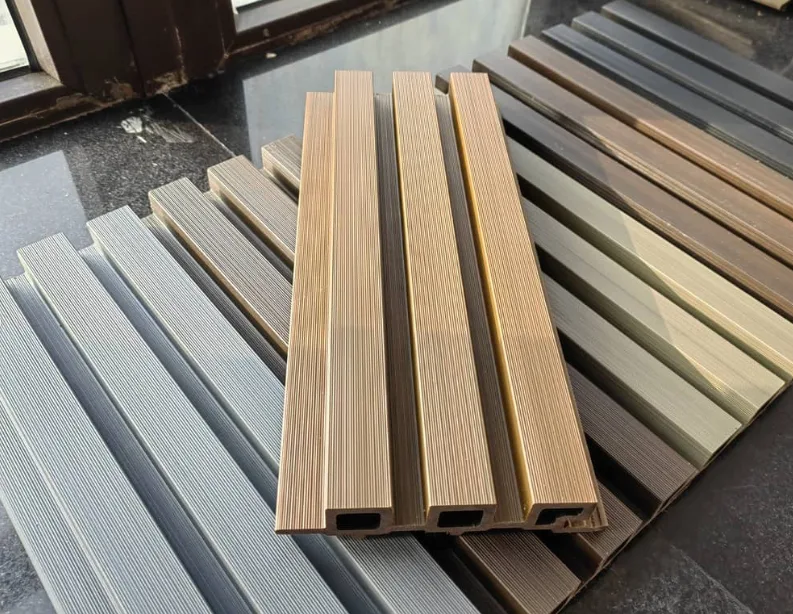
Exterior Cladding Trends in Australia
Beyond materials, design trends are reshaping the way homeowners use cladding. Current exterior wall cladding ideas Australia lean towards blending multiple materials for texture and depth.
Mixed Materials: Combining stone with timber or metal for contrast.
Vertical Cladding: Vertical panels give a home a contemporary, elongated appearance.
Sustainable Designs: Using recycled materials and energy-efficient products.
Dark Finishes: Deep charcoals and blacks are trending for bold, modern exteriors.
These trends align with the Australian preference for contemporary architecture that complements natural landscapes.
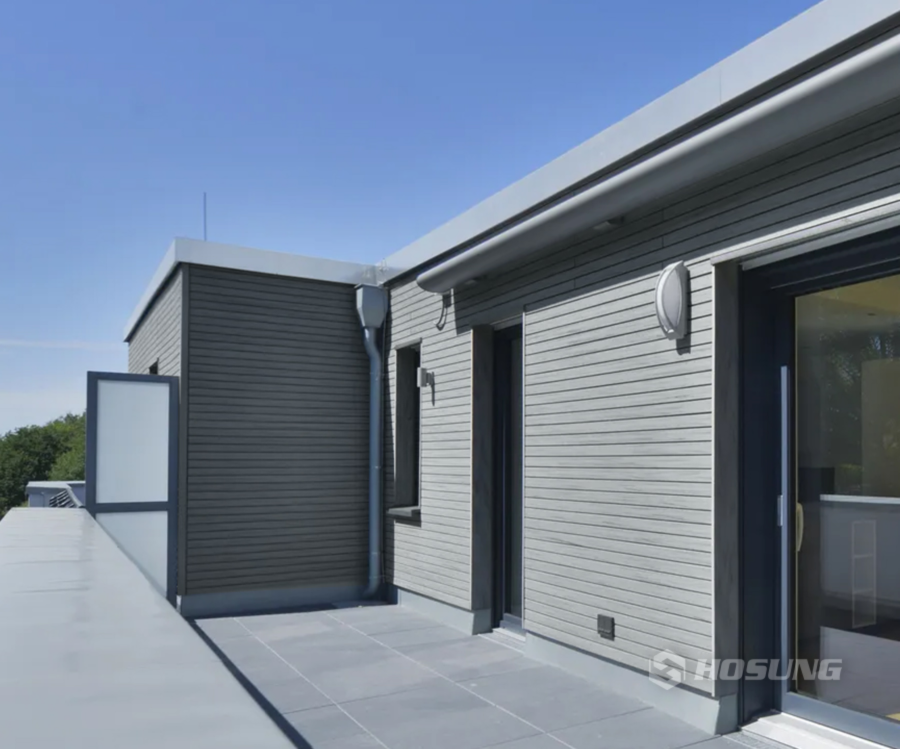
Factors to Consider Before Choosing Cladding
When exploring external house cladding options Australia, keep in mind the following:
Climate Suitability: Ensure materials can withstand local conditions—humidity, salt air, heat, or bushfire risks.
Budget: Costs vary widely, from affordable vinyl to premium stone veneer.
Maintenance: Choose a material that fits your lifestyle and upkeep commitment.
Energy Efficiency: Some materials provide better insulation, reducing energy bills.
Council Regulations: Check local building codes, especially in heritage zones or bushfire-prone areas.
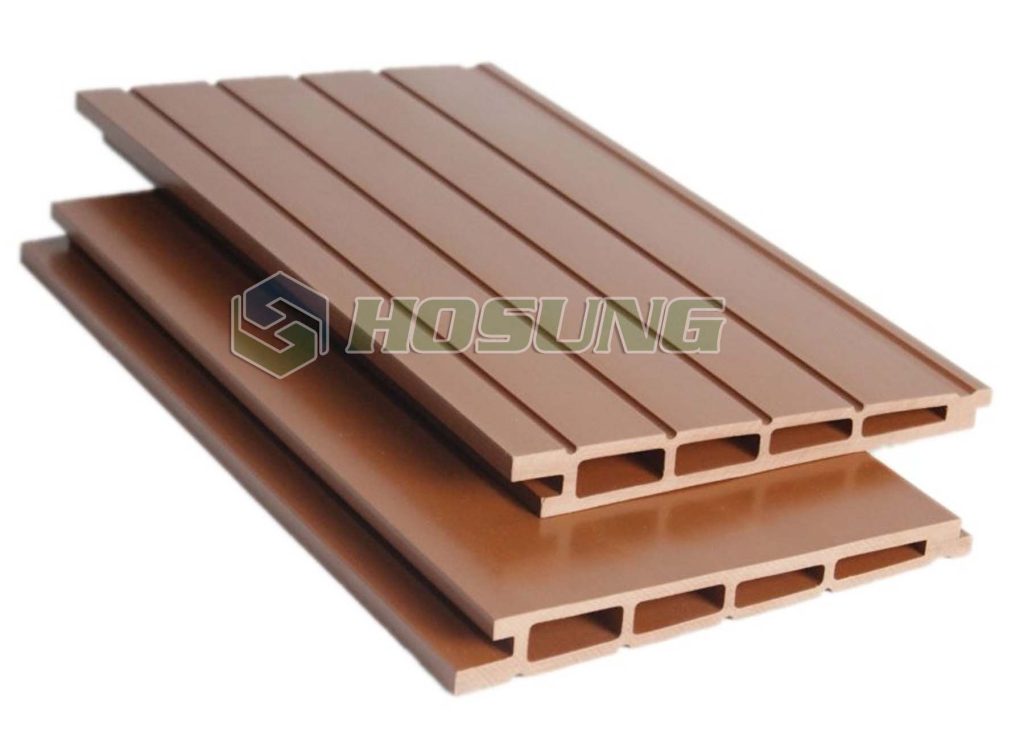
Cost Guide for External Cladding in Australia
Here’s a general overview of material and installation costs (prices vary by region and brand):
Vinyl cladding: $30–$60 per m²
Timber cladding: $50–$120 per m²
Composite timber: $80–$150 per m²
Brick veneer: $90–$160 per m²
Fibre cement: $70–$120 per m²
Stone veneer: $100–$250 per m²
Metal cladding: $50–$130 per m²
Understanding cost per square metre helps homeowners compare exterior cladding ideas Australia with their budget.
External House Cladding Options Australia: Inspirations
To inspire your next project, here are some applications:
Coastal Homes: Fibre cement or composite timber for salt resistance.
Bushfire Zones: Non-combustible materials like fibre cement, metal, or stone.
Modern Suburban Builds: Mixed-material facades with timber and metal.
Heritage Renovations: Brick veneer with render accents.
Design flexibility ensures homeowners can achieve both aesthetic goals and functional protection.
Sustainable Exterior Cladding in Australia
Eco-conscious building is becoming mainstream. Many exterior wall cladding ideas Australia incorporate sustainable materials like:
Recycled timber composites.
Locally quarried stone.
Fibre cement with lower embodied energy.
Metal cladding that can be recycled at end of life.
By choosing sustainable external house cladding options Australia, you can reduce environmental impact and future-proof your property.

Conclusion
Choosing the right cladding is a blend of personal style, budget, and performance needs. From natural timber to cutting-edge composites, exterior wall cladding ideas Australia offer homeowners countless possibilities. Whether you want rustic charm, urban minimalism, or coastal resilience, there’s a cladding solution to match.
Investing in quality cladding not only elevates your home’s appearance but also adds lasting protection against Australia’s demanding climate. By exploring various exterior cladding ideas Australia, you’ll find an option that balances beauty, function, and sustainability.
Contact Us
If you’re considering exterior wall cladding for your next project and want expert advice or high-quality products, Hosung is here to help. With years of experience in the WPC industry, we provide durable, customizable, and eco-friendly cladding solutions for residential, commercial, and public buildings.
👉 Have questions or need a quote?
Feel free to contact Hosung today—we’re happy to support your project from design to delivery.

